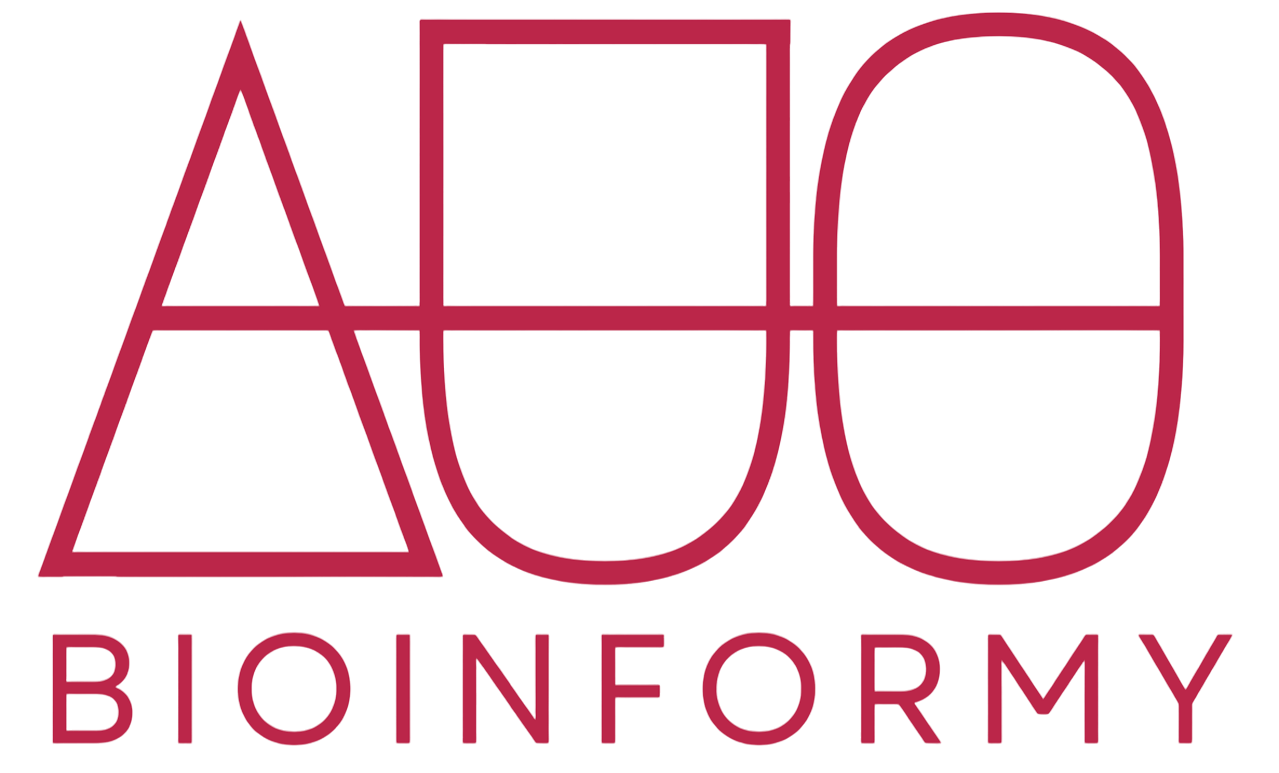Bioinformatics is a rapidly growing field that has many applications in medical research. Some of the key ways that bioinformatics is used in medical research include;
Identifying and mapping genetic variations: Bioinformatics tools and algorithms are often used to identify and map genetic variations, such as mutations, insertions, and deletions, in the genome. This can help researchers to understand the genetic basis of diseases, and to identify potential targets for diagnosis and treatment.
Analyzing gene expression data: Bioinformatics methods are also used to analyze gene expression data, which provides information on the levels of expression of different genes in different tissues or under different conditions. This can help researchers to understand the mechanisms underlying diseases, and to identify potential targets for diagnosis and treatment.
Modeling disease mechanisms: Bioinformatics tools and algorithms are often used to model the mechanisms underlying different diseases, such as the pathways and networks involved in the development and progression of a given disease. This can help researchers to better understand the underlying causes of a disease, and to identify potential targets for diagnosis and treatment.
Developing personalized medicine: Bioinformatics is also playing an increasingly important role in the development of personalized medicine, which involves using genetic and other data to tailor medical treatments to the specific needs of individual patients. By using bioinformatics tools and algorithms to analyze and interpret genetic and other data, researchers can develop more effective and personalized treatments for a wide range of diseases.
Bioinformatics and Medical Products
Bioinformatics is a precious for medical research, and is playing an increasingly important role in the development of new diagnostic and treatment strategies and products for many different diseases. By using bioinformatics methods and algorithms to analyze and interpret genetic and other data, researchers can gain a deeper understanding of the mechanisms underlying diseases, and can develop more effective and personalized treatments for a wide range of conditions.
Bioinformatics tools and algorithms help researchers and clinicians can gain valuable insights into the causes and mechanisms of diseases, and can develop more effective and personalized treatments for a wide range of conditions. Also many medical products and services are developed with bioinformatics. Some of the key medical outputs of bioinformatics include;
Diagnostic tests: Bioinformatics tools and algorithms are often used to develop diagnostic tests that can accurately detect the presence of a given disease or condition. These tests can be used to diagnose a wide range of conditions, from genetic diseases to infectious diseases, and can help to identify the best treatment options for individual patients.
Genetic tests: Bioinformatics methods are also used to develop genetic tests that can identify specific genetic variations or mutations that are associated with a given disease or condition. These tests can be used to diagnose genetic diseases, such as cystic fibrosis or sickle cell anemia, and can also help to identify individuals who are at increased risk of developing a given condition.
Genetic databases: Bioinformatics tools are often used to develop and maintain genetic databases, which are large collections of genetic data that are used by researchers and clinicians to study the genetic basis of diseases and other conditions. These databases can be used to identify potential targets for diagnosis and treatment, and can also be used to track the spread of genetic diseases and other conditions.
Drug design: Bioinformatics tools and algorithms are also used in the process of drug design, which involves using computational methods to identify potential new drugs or other therapies that can be used to treat a given disease or condition. By using bioinformatics tools to model the structure and function of biological molecules, researchers can identify potential drug targets and can also test and optimize new drug candidates in silico before testing them in the lab or in clinical trials.

